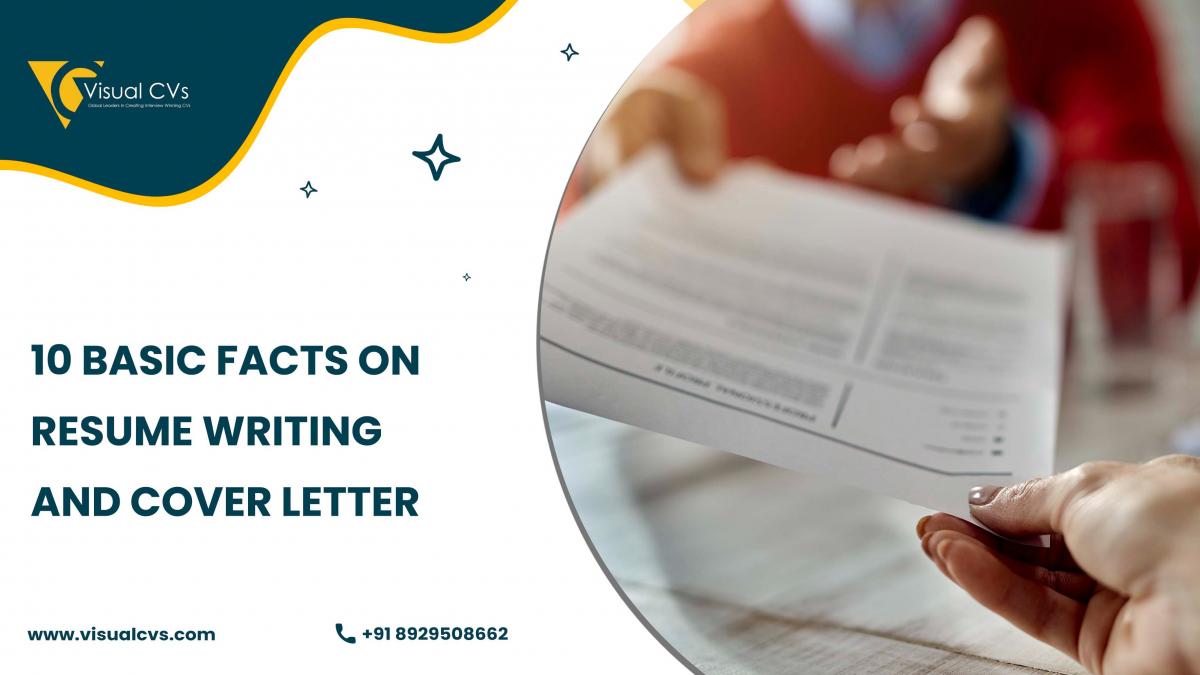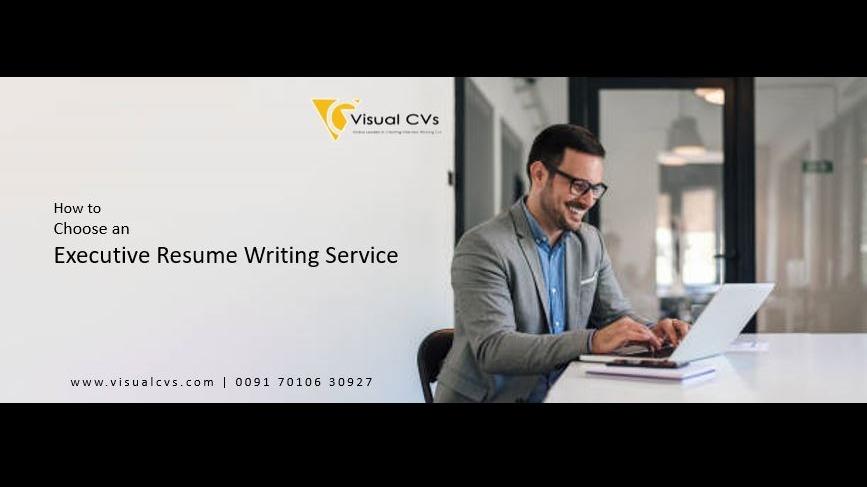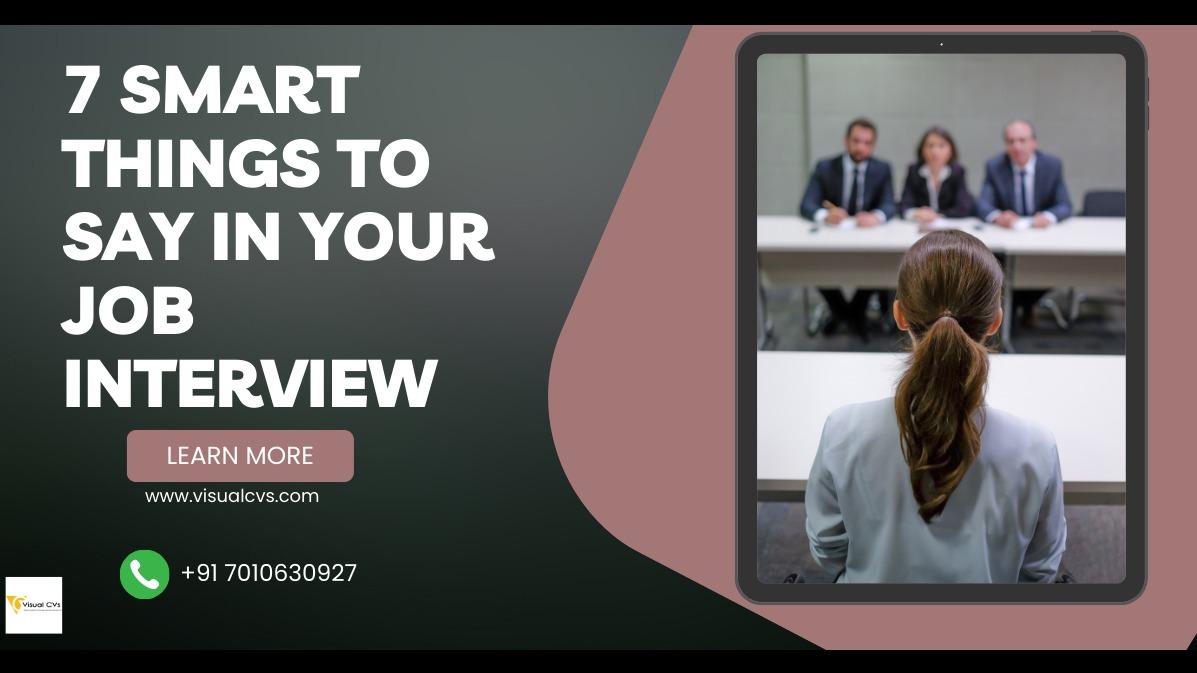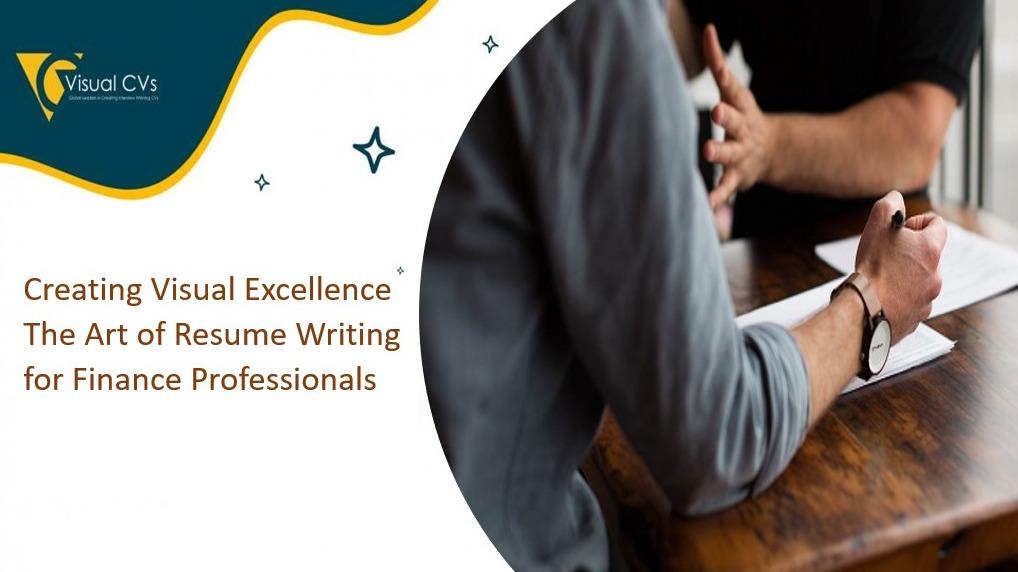
10 BASIC FATCS ON RESUME WRITING AND COVER LETTER
The following content explains on the 10 basic facts that are required to create a best resume and a cover letter.
Be certain of the information you want to include and exclude before you begin writing your resume. Make an effort to keep your details brief and precise. The most important thing to keep in mind before writing a good resume profile is that each resume needs to be customised for the job you're going for rather than being a one-size-fits-all document.
To write the best resume, you must make a list of your accomplishments, your previous employer's accomplishments, your previous job position and work history, the soft and hard skills you have acquired there, your academic credentials, any certificates you may have, any internships you have had, as well as your personal information. The basic requirements for writing a great resume are,
- CONTACT DETAILS: Include your name, phone number, email address, and other basic contact information. Avoid including private information about yourself because it is unwise to provide this to a stranger and your recruiters won't be expecting it either.
- RESUME STATEMENT: In your prior employment, emphasise your biggest successes and accomplishments. Also, concentrate on the value you can add to your current employer.
- WORK HISTORY: Include your accomplishments that are related to the job description and list your relevant employment history, starting with the most recent.
- ACADEMICS: Mention your highest degree, the name and location of the school, your area of study, and your graduation.
- SKILLSET: Include both your most pertinent professional skills and those that relate to your job description.
DO’s IN RESUME WRITING:
- A brief resume that is short and accurate and only includes the information that is necessary and pertinent to the job you've applied for is the best method to compose a resume.
- Tailor your resume to the employment opportunity you're applying for. Just things that are directly related to the job description should be included.
- Create a summary statement of the components on your resume so the hiring manager understands what your resume is all about. Keep your sentences succinct and to the point.
- In addition to your technical and analytical skills, don't forget to mention any pertinent soft skills you may have, such as team management and leadership.
DON’T’s OF RESUME WRIITNG:
- Steer clear of convoluted resume templates. Always give a clear, concise, and more appealing presentation of your resume.
- Passive voice sentences lengthen resumes and can occasionally mislead recruiters. So kindly avoid using them on your resume.
- Leave out any talents that are unrelated to the post for which you are seeking.
- Leave out any information that is extremely private.
- Before finalising, proofread for grammar and other errors to produce the best resume possible.
COVER LETTER:
A cover letter, which is also referred to as an application letter, is a lively document that is sent with your resume. It conveys a brief, precise version of your resume, making it simple for the recruiter to understand what your resume actually consists of and whether the details mentioned are relevant to the job description.
Informing the employer of your interest in the position and the company, as well as your capacity to provide value, works as a marketing weapon in the cover letter. In some circumstances, a strong cover letter may be more helpful than the resume itself.
In your cover letter, you should focus on two main ideas: why you are the best person for the job, and why you are excited about working for the company. The majority of the information in your cover letter should be true, without any filler or cliches.
Your contact information, a salutation, the body of the cover letter, a suitable ending, and your signature are all included in a cover letter.
You must include your name, address, email address, and linkedin ID in your contact information. Make sure your email address and the details are presented professionally. Choose a straightforward block font that is easiest to read.
Instead of using the standard greeting such as "To whom it may concern" or "dear sir or madam," the salutation on a cover letter will need a modest amount of research to identify the recruiter's name or designation.
The body of the cover letter provides the company with information about the position you are seeking, your qualifications for the position, why you should be selected for an interview, and your follow-up plans.
Finally, remember to finish your letter with a formal salutation like "Sincerely" or "Yours truly." Cover letters should not end with a casual phrase like "Cheers," as they are serious business contact. Use salutations that reflect your professional demeanor in place of the above.
Your cover letter's signature will differ depending on whether you're sending an email or a physical letter. In a paper letter, type your name, followed by a place for your handwritten signature. If you're submitting a cover letter by email, put your name and contact details after the salutation.
You can reach us at info@visualcvs.com or give us a call at +91 7010630927 for further queries.
Add Comments
Your email address will not be published. Required fields are marked *
Categories
Recent Posts
 How To Choose An Executive Resume Writing Service In India
How To Choose An Executive Resume Writing Service In India
 Revolutionizing Job Applications: The Power of Mobile Resume Creators and Professional Resume Writing Services
Revolutionizing Job Applications: The Power of Mobile Resume Creators and Professional Resume Writing Services
 Master the Indian Job Market 2024: Secure Your Dream Job with Visual CVs
Master the Indian Job Market 2024: Secure Your Dream Job with Visual CVs
 Layoff | Sarah's Story
Layoff | Sarah's Story
 Stand Out with Personal Branding in Your Job Search and Resumes
Stand Out with Personal Branding in Your Job Search and Resumes
 What's the Best Way to Get Your Resume Noticed? Your Resume Upsets Recruiters: Insights from Hiring Managers
What's the Best Way to Get Your Resume Noticed? Your Resume Upsets Recruiters: Insights from Hiring Managers
 7 Smart Things to Say in Your Job Interview
7 Smart Things to Say in Your Job Interview
 Stand Out in a Visual World: Professional Resume Writing for Creative Professionals
Stand Out in a Visual World: Professional Resume Writing for Creative Professionals
 Creating Visual Excellence: The Art of Resume Writing for Finance Professionals
Creating Visual Excellence: The Art of Resume Writing for Finance Professionals
 Networking: Your Pathway to Professional Success and an Outstanding Resume
Networking: Your Pathway to Professional Success and an Outstanding Resume


